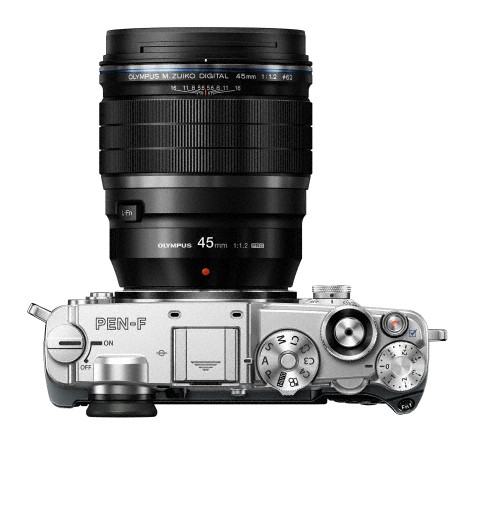
NEW! Red Hot Olympus 17mm f/1.2 and 45 f/1.2 Lenses Announced!
Woohoo! Two new amazing lenses were just announced from Olympus and they are beauties. The 17mm f/1.2 PRO and the 45mm f/1.2 PRO. Yes indeed, if you shoot Olympus or Panasonic Micro 4/3 systems your lens lust will be kicking into high gear as of today. Sure we have the Nocticron from Panasonic which is a beautiful lens, and one of my faves for M 4/3 but now Olympus throws their 45 f/1.2 into the pot, and my oh my does it look to be phenomenal.
The 17 f/1.2 will bring you a 35mm equivalent but with a light sucking f/1.2 aperture that will be very welcome for those lower light situations you may find yourself in. These promise beautiful feathered bokeh, pro build with the usual Olympus bulletproof construction. IMO, the most beautiful M 4/3 lens made by Olympus to date is the 25 f/1.2 and yes, I own one and adore it. If these two have similar performance, man oh man…
All I know is that I will be reviewing these as soon as I possibly can with my EM1 MKII and PEN-F! These new lenses with the 25 f/1.2 will give a 35, 50 and 90mm equivalent. Can not wait!
Press release below:
BEAUTIFUL BOKEH: TWO NEW OLYMPUS
LENSES EXPAND THE M.ZUIKO PRO F1.2 PRIME LINEUP
M.ZUIKO Digital ED 17mm F1.2 PRO and M.ZUIKO® Digital ED 45mm F1.2 PRO
Offer Smooth Feathered Bokeh and High Resolution at the Brightest Aperture
CENTER VALLEY, PA., October 25, 2017 — Olympus expands its M.ZUIKO F1.2 PRO prime lens lineup with the new M.ZUIKO Digital ED 17mm F1.2 PRO (34mm focal length in 35mm equivalent) and the M.ZUIKO Digital ED 45mm F1.2 PRO (90mm focal length in 35mm equivalent). These Micro Four Thirds® system lenses join the currently available M.ZUIKO Digital ED 25mm F1.2 PRO (50mm focal length in 35mm equivalent) to deliver outstanding resolution and beautiful feathered bokeh at a maximum aperture of F1.2.
The M.ZUIKO Digital ED 17mm F1.2 PRO and M.ZUIKO Digital ED 45mm F1.2 PRO give M.ZUIKO PRO lens users more flexibility in low-light environments as well as an extraordinarily shallow depth-of-field. Each is designed to achieve a new level of depictive performance, delivering three-dimensional images that represent subjects as they appear in the real world through a combination of feathered bokeh and sharp resolution.
By focusing not only on the bokeh’s size but also its quality, each lens produces a feathered bokeh effect that better emphasizes the main subject and allows it to stand out within the image. The shallower depth of field produced at F1.2 is especially ideal for portrait photographers.
The newly developed ED-DSA lens, which possesses the characteristics of both an ED (Extra-low Dispersion) lens element and a DSA (Dual Super Aspherical) lens element, is incorporated in the M.ZUIKO Digital ED 17mm F1.2 PRO. The ED-DSA lens compensates for common wide-angle lens issues, including chromatic aberrations, distortion and color bleeding on the image periphery.
Like other lenses in the M.ZUIKO PRO series, the M.ZUIKO Digital ED 17mm F1.2 PRO and M.ZUIKO Digital ED 45mm F1.2 PRO feature compact, lightweight construction and a dustproof, splashproof, freezeproof (to 14°F/-10°C) design, giving photo enthusiasts and professionals the ability to capture brilliant images in a variety of shooting conditions.
U.S. Pricing and Availability
The M.ZUIKO Digital ED 45mm F1.2 PRO will be available late November 2017, while the M.ZUIKO Digital ED 17mm F1.2 PRO will be available late January 2018. Both lenses will have an estimated street price of $1,199.99 USD/$1,499.99 CAD. For a complete list of specifications for the M.ZUIKO Digital ED 45mm F1.2 PRO, visit the Olympus website:
http://getolympus.com/lenses/m-zuiko-ed-45mm-f1-2-pro.html, and for the M.ZUIKO Digital ED 17mm F1.2 PRO lens, visit http://getolympus.com/lenses/m-zuiko-ed-17mm-f1-2-pro.html.
Main Features
• Depictive performance that delivers feathered bokeh and outstanding resolution
Feathered bokeh provides an ultra smooth transition from the sharp to the defocused areas of the image to provide an overall softer background. This results in a subject that stands out with lifelike dimensionality.
In the M.ZUIKO Digital ED 17mm F1.2 PRO, there are 15 elements in 11 groups, including specialized lens elements like the newly developed ED-DSA lens. The ED-DSA lens element, which possesses the characteristics of both an ED (Extra-low Dispersion) lens and DSA (Dual Super Aspherical) lens, reduces the overall weight and the number of lens elements. This design effectively compensates for various types of aberrations that tend to occur in wide-angle lenses, such as chromatic aberration, distortion and color bleeding on the image periphery (magnification chromatic aberration).
The M.ZUIKO Digital ED 45mm F1.2 PRO contains three optimally placed and bonded lens elements, including one ED lens, which compensate for typical problems on wide-aperture lenses like out-of-focus color bleeding (axial chromatic aberration) and peripheral color bleeding (magnification chromatic aberration). The extensive use of special lenses incorporated into 14 elements in 10 groups results in superb optical performance and feathered bokeh effects, even at the widest aperture setting.
Both lenses use the same Z Coating Nano technology as the M.ZUIKO Digital ED 25mm F1.2 PRO for sharp, clear image quality that significantly reduces ghosts and flares that tend to occur in backlit images.
• Fast, high-precision AF
Both lenses are equipped with the MSC (Movie- and Still-Compatible) autofocus mechanism that provides virtually silent and smooth high-speed focusing performance, even when using the maximum aperture of F1.2. Additionally, there are no AF point limitations, even at the widest aperture, due to the On-Chip AF system in all Olympus OM-D® and PEN® cameras.
Using Face Priority or Eye Priority AF, two modes which are highly regarded by professional portrait photographers, brings out the true power of these large-aperture lenses.
3. Compact, lightweight construction and dustproof, splashproof and freezeproof (14°F/-10°C) performance
The M.ZUIKO PRO F1.2 prime lens lineup is exceptionally compact, lightweight and provides unrivaled mobility, dustproof, splashproof and freezeproof (14°F/-10°C) performance consistent with the M.ZUIKO PRO series. A uniform lens filter diameter across the three F1.2 lenses allows for use of the same lens filters, such as protection filters and PL filters.
Other Features
• Excellent close-up shooting: The M.ZUIKO Digital ED 17mm F1.2 PRO has a minimum focusing distance of 20 cm and a maximum image magnification of 0.15x (35mm equivalent: 0.3x), while the M.ZUIKO Digital ED 45mm F1.2 PRO has a minimum focusing distance of 50 cm and a maximum image magnification of 0.1x (35mm equivalent: 0.2x), providing outstanding close-up shooting performance.
• Premium design: Each lens was designed with the professional photographer in mind. The focusing ring placed at the front of the lens makes focusing easier when paired with the large grip of the flagship OM-D E-M1 Mark II camera. The L-Fn Button is located on a gently curving surface to make it comfortable to access. The MF Clutch mechanism allows the photographer to instantly switch between auto and manual focusing mode by pulling the focusing ring toward the camera body.
Lens Accessories:
Lens Cap, LC-62F (bundled): This lens cap is designed for quick and easy removal from lenses with a filter diameter of φ62mm, and can be used even when the lens hood is still attached.
Lens Case, LSC-0811 (bundled): A purse-string-type lens case with three-layer construction that
securely protects the lens. The lens can be stored in the case with the lens cap, protection filter
and lens hood (stored) attached to the lens.
Lens Hood, LH-66C (bundled): A lens hood specifically designed for the M.ZUIKO Digital ED 17mm F1.2 PRO lens to reduce the amount of unnecessary light entering the lens when shooting in backlit conditions. The hood release lock button features a nonprotruding design that prevents the hood from accidental detachment.
Lens Hood, LH-66B (bundled): A lens hood for use with the M.ZUIKO Digital ED 25mm F1.2 PRO and the M.ZUIKO Digital ED 45mm F1.2 PRO lenses to reduce the amount of unnecessary light entering the lens when shooting in backlit conditions. The hood release lock button features a nonprotruding design that prevents the hood from accidental detachment.
Protection Filter, PRF-ZD62 PRO (sold separately): This protection filter maximizes the abilities of M.ZUIKO PRO lenses bearing the Zuiko name. It features ZERO coating, which cuts reflection by approximately one-half compared to conventional multicoating, black-edged glass, and a satin-finished black alumite aluminum frame for a matte surface that suppresses reflections.

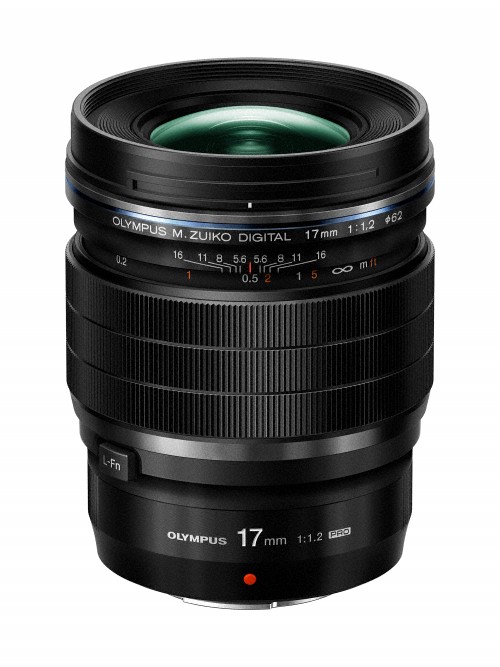
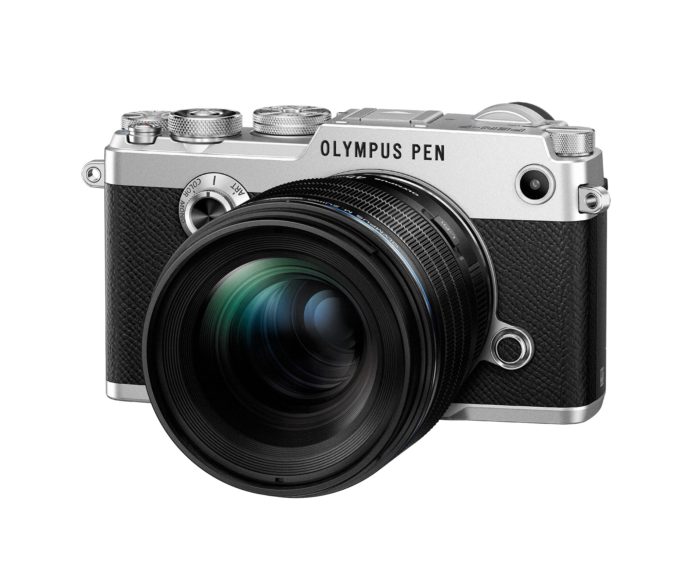
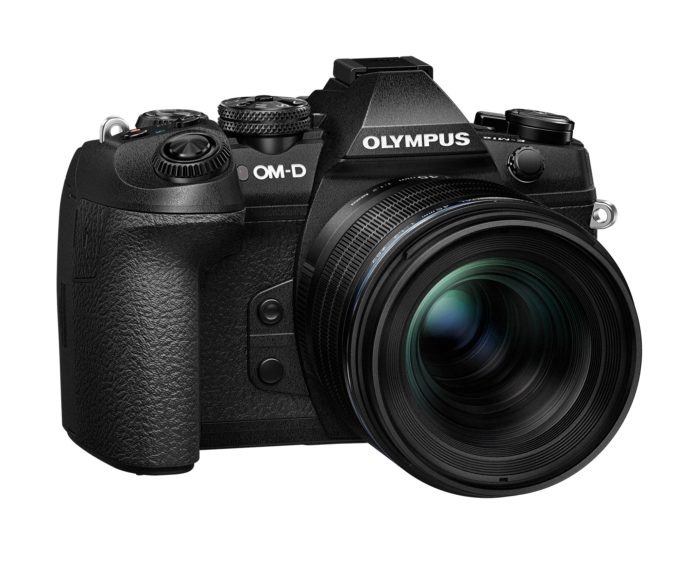
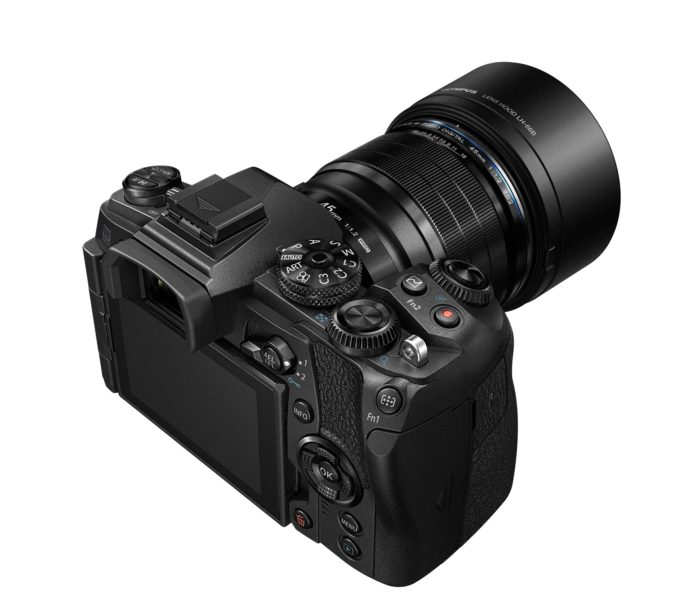
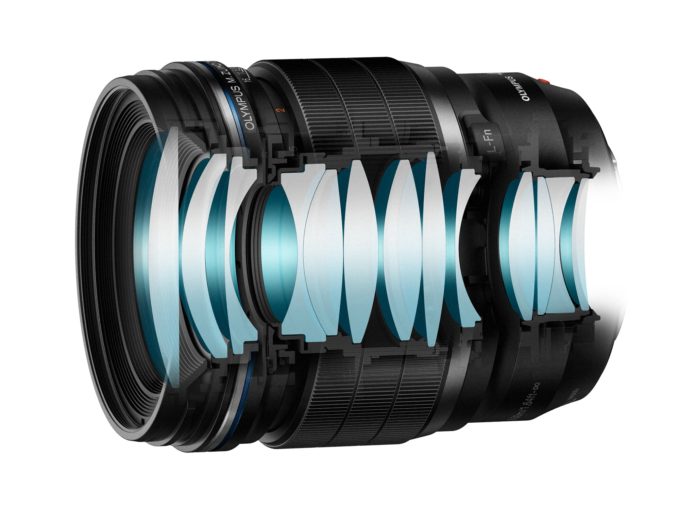
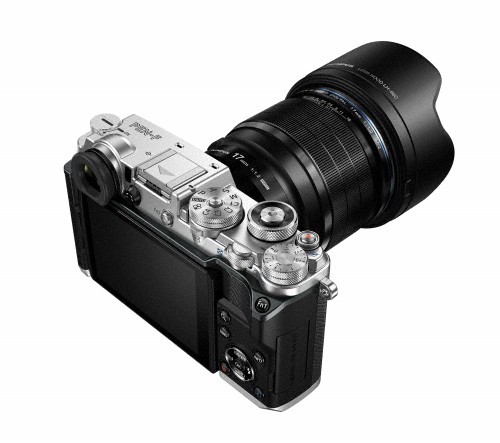
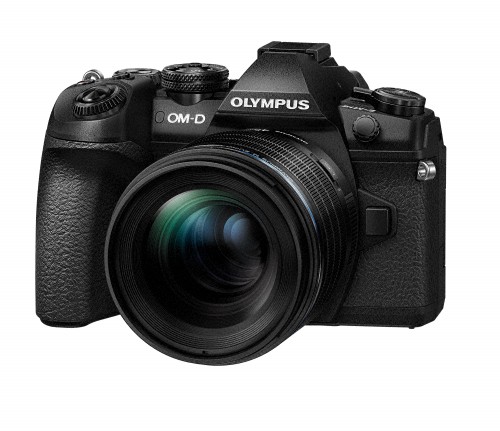


As much as I love Olympus ( I had a EM1)….. I left and moved over to Fujifilm as even as an ameteur I could see a big difference in my images. However I would love to see the new 17,25, & 45mm f1.2 lenses however I can’t understand the price and weight. These lenses are very expensive and kinda defeats the whole purpose of micro 4/3’ds. Great lenses yes but the price is crazy.
What is the expeirence with the auto-focus? is it what they sell?
Good for Olympus shooters to have more choices. I’m currently divesting from Olympus due to the low IQ.
I wasn’t a fan of the 25/1.2, so I assume these lenses are also not for me.
Low IQ and Olympus do not belong in the same sentence. If you use a modern day Olympus and good lens, the IQ can be stunning and IS. The only weakness of M 4/3 is high ISO shooting.
I agree with Steve here. I am very satisfied with IQ on my PenF with my 25/1.8, 45, 1.8 and 17, 1.8. I usually shoot at 200-800 (but mostly 200 ISO) and use the exposure compensation dial. I print up to 13×19, 20×28 and larger. Very happy. I agree that a FF would be great but I’m satisfied.
I’ve followed your website for a while now and am just about to pull the trigger on a EM1 MKII. what do you consider to be High ISO in this day and age Steve? I’ve never really shot anything above 1600.
Keep up the great work….loving your reviews.
You will be fine at ISO 1600. By low light I mean low light ; ) Step into a dark club or indoor lighting or dark room and you will get much more noise from a micro 4/3 camera than one with a larger sensor. Typically, the smaller the sensor the more noise. I shoot in very low light clubs on occasion where even some full frame cameras can not handle it. I shoot at ISO 25,600 often, and yes, have noise free prints from that ISO in dark shooting conditions and the only cameras that can handle that are the Hasselblad X1D and some of the Sony A7 and A9 series to some extent. But if you normally do not go over 1600, an EM1 MKII will be wonderful. It is a FANTASTIC camera. It can not shoot in the conditions I go into sometimes but for areas with good light, it’s tough to beat. Glorious color as well.
Steve you often refer to the high ISO weakness of m4/3
Would you say that this is a “relative weakness” as compared to larger sensor cams?
Physics determine high ISO capabilities/limits, but I’ve been very happy w lots of high ISO shots w em1 mk2 and for that matter gx85 when great lenses and deliberation exercised in making images.
The m4/3 will not compete w ff for high ISO performance, but I find that they can be plenty good, depending on what one is doing w the images and how the images are arrived at.
Well, when I speak of low light, I mean low light. I am not referring to ISO 6400 as being high ISO, as Micro 4/3 can handle ISO 6400, though not much higher. I shoot at ISO 25k often, and with M 4/3 that is just not doable. With the X1D I go to 25k and get clean output in crazy low light situations. Can’t do it with my A9 to the same level but it gets close. The Em1 MKII which I tried in this scenario did not cut it, as 6400 was not high enough and even the shots I took at 6400 and 10k just looked rough. The darker it is the more challenging it is for the sensor at high ISO. One reason I never understood sites who tested high ISO in a studio with lighting. Lighting makes all the difference. To me, High ISO is for when the lights go down, and the best high ISO camera I have ever used is the X1D, then probably the A7SII and A7RII/A9. Fuji’s fail in low low light, as does Micro 4/3. BUT if you have some light, I feel M 4/3 is good up to 6400, and sometimes even 10k if the situation is just right.
You were the only reviewer who compared Olympus 25/1.2 PRO to Leica’s lenses, the manner of rendering colours and tones, richness of micro-contrast, and you were spot on. Because you use Leica lenses, you can see the semblance and value. Therefore I expect nothing less from you this time, in evaluating the 17/1.2 and 45/1.2, and I am looking forward to it. Ta!
Please do a comparison of iphone x vs pen f
Despite the 17/1.2 having all that glass and 62mm filter size, it’s still only 13.8 oz in weight, which is not excessive at all and should still balance well on many micro four thirds cameras. Also close focus to 7.9 inches which is quite good to throw backgrounds out of focus. The micro four thirds lens selections just increase by leaps and bounds compared to other brands. Amazing and really looking forward to a review.
Hi Steve! I would love to see some “crazy comparisons” between these Olympus Pro lenses and the Hasselblad comparables.
I’m really curious how the 1.2/17 compares to a Fuji 1.4/23 with the new X-E3? Price and size should be comparable, so Olympus and Fuji could show how good their glass is.
I like how both companies care about quality optics. So yes, the new 1.2 lenses by Olympus will be really great, i expect.
Agree! I currently use Olympus 12mm/f2.0 on my Pen-F.
I have the 25 1.2 and I absolutely love it…will never part with it
Just got the 7-14 2.8 and it is great at both ends….the 28mm equivalent end makes me pass on this fab looking 17
But I’m already wanting this 45 1.2
Em1 mk2 w’ 7-14 pro 25 pro & 45 pro
Sounds about perfect
The 25 1.2 would be my desert island lens though if I had to have just one
If these new ones are anything like the 25/1.2, then they will be incredible lens. Unfortunately, the size/weight pulls the PenF too far forward for me. Sad b/c i really really liked the 25/1.2 and would certainly love these new ones. The PenF is so perfectly compact and with the 17/1.8 or the 25/1.8, it is just the right size!